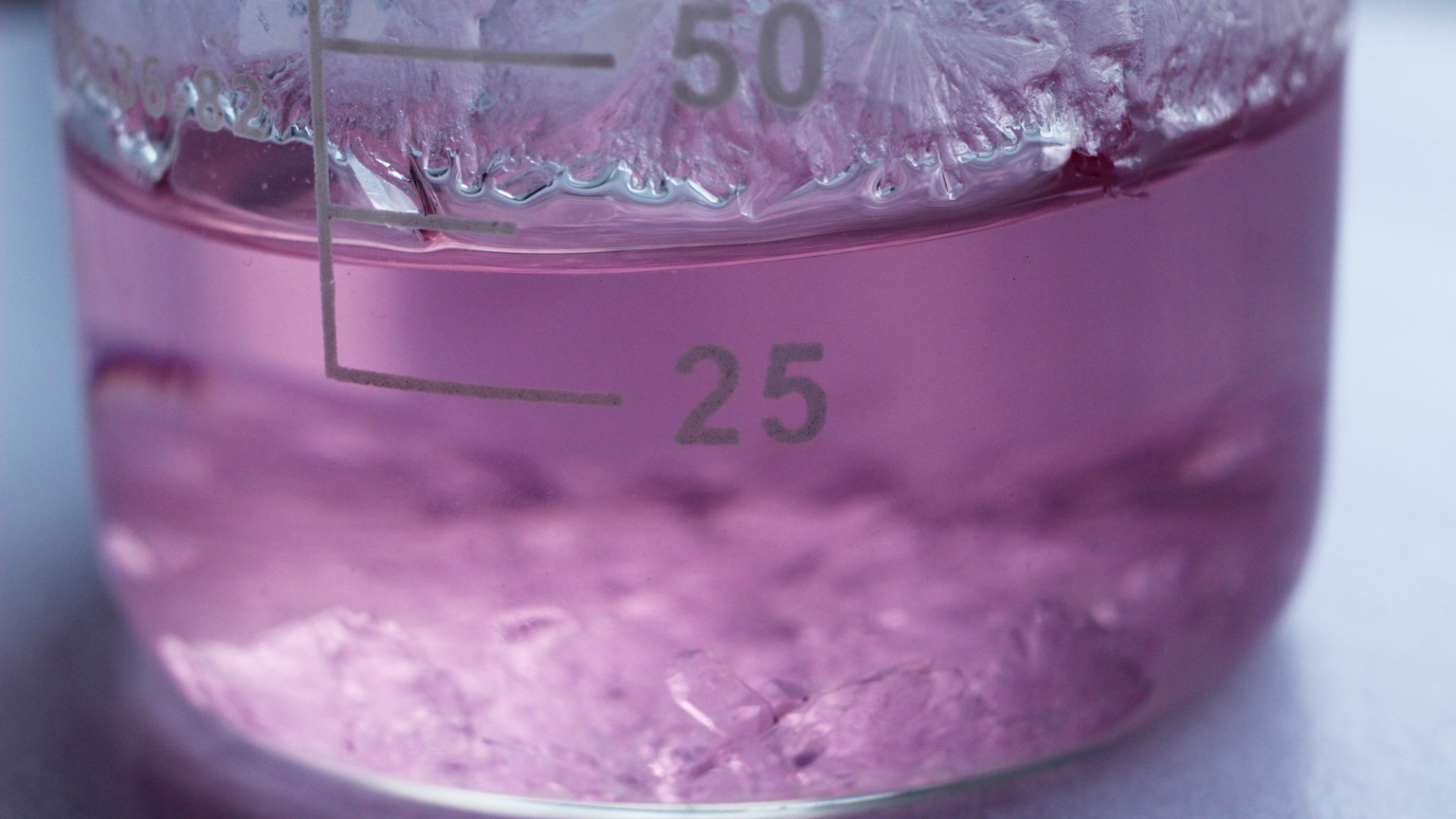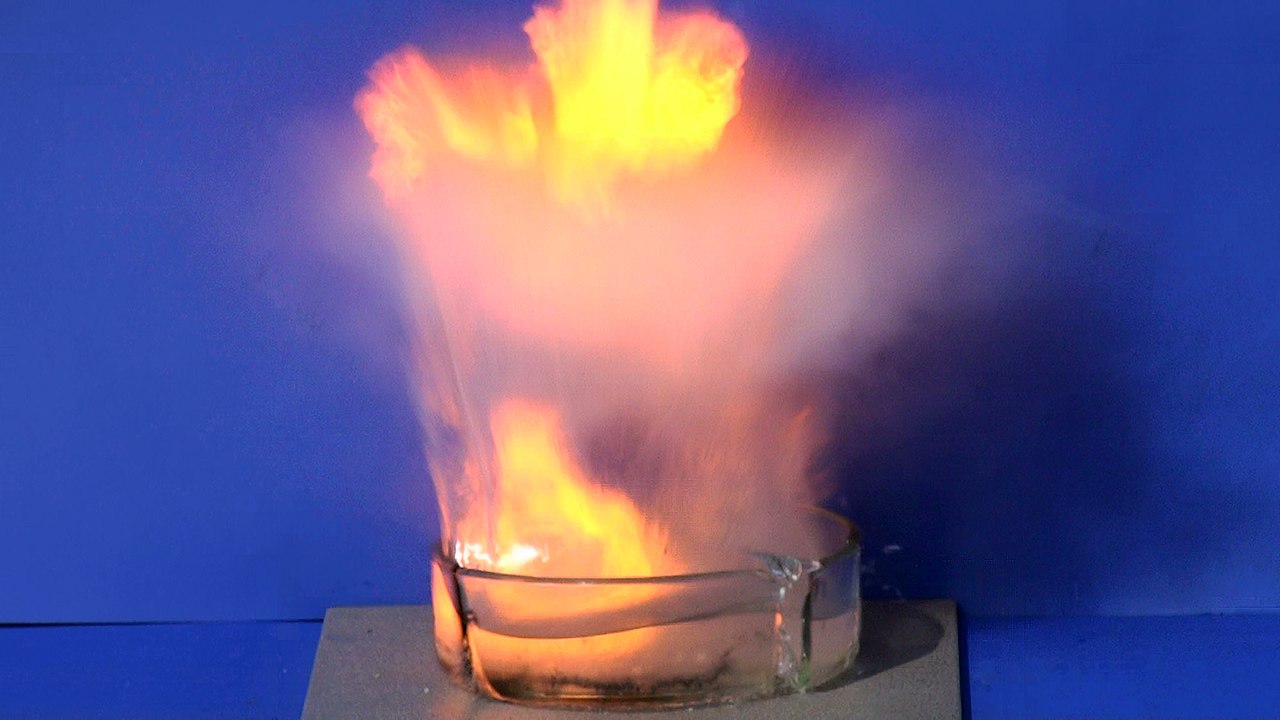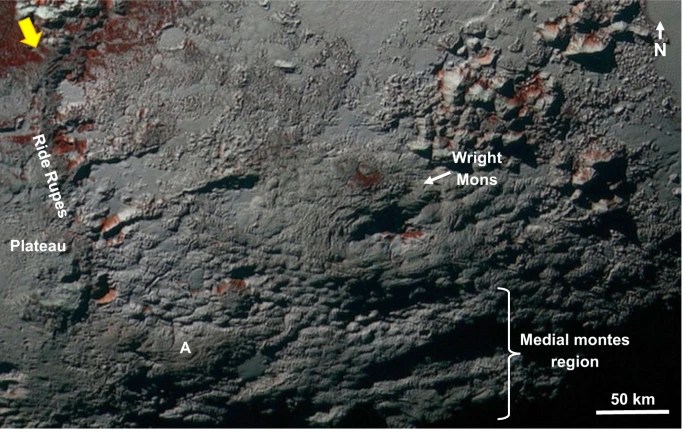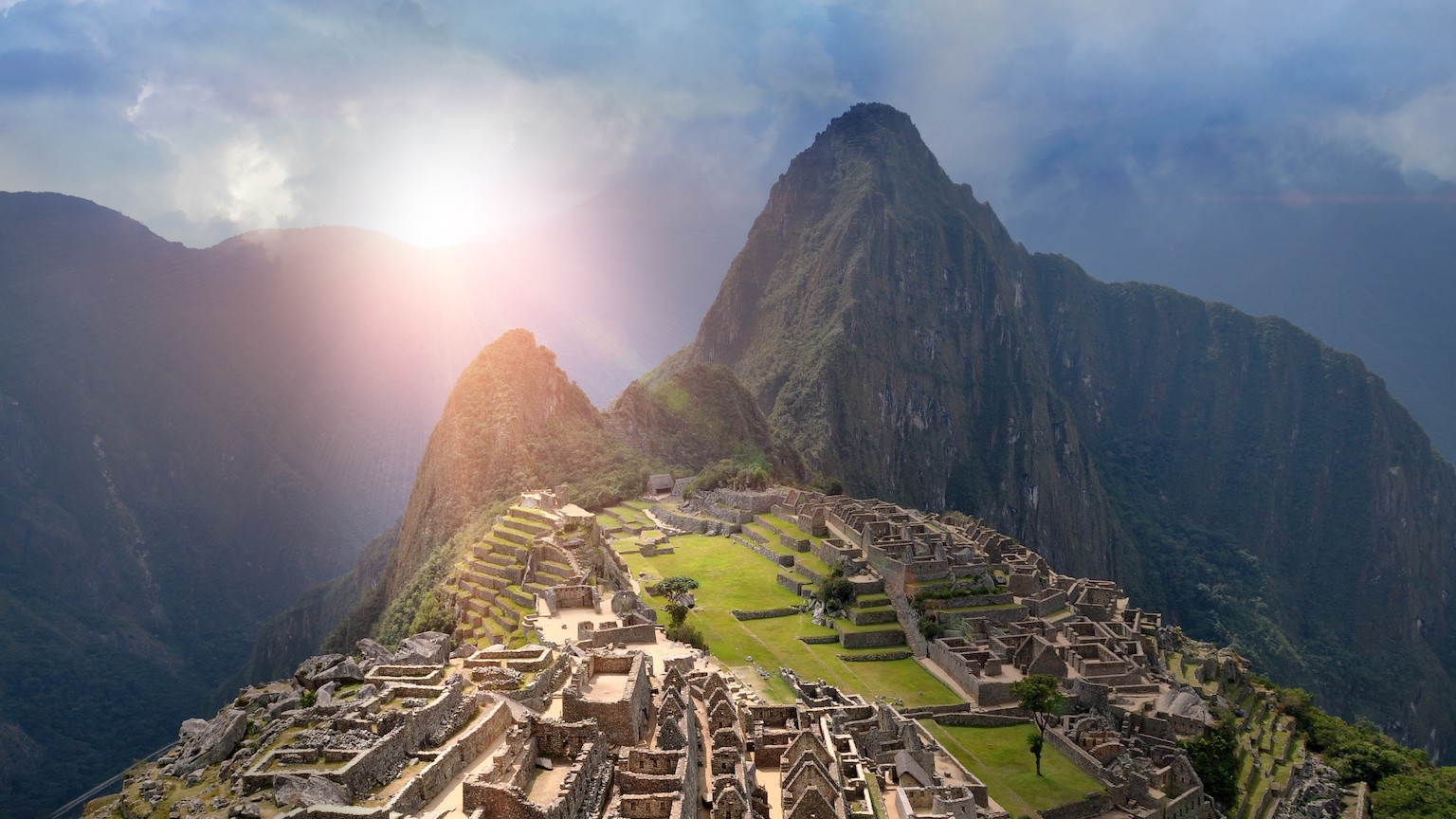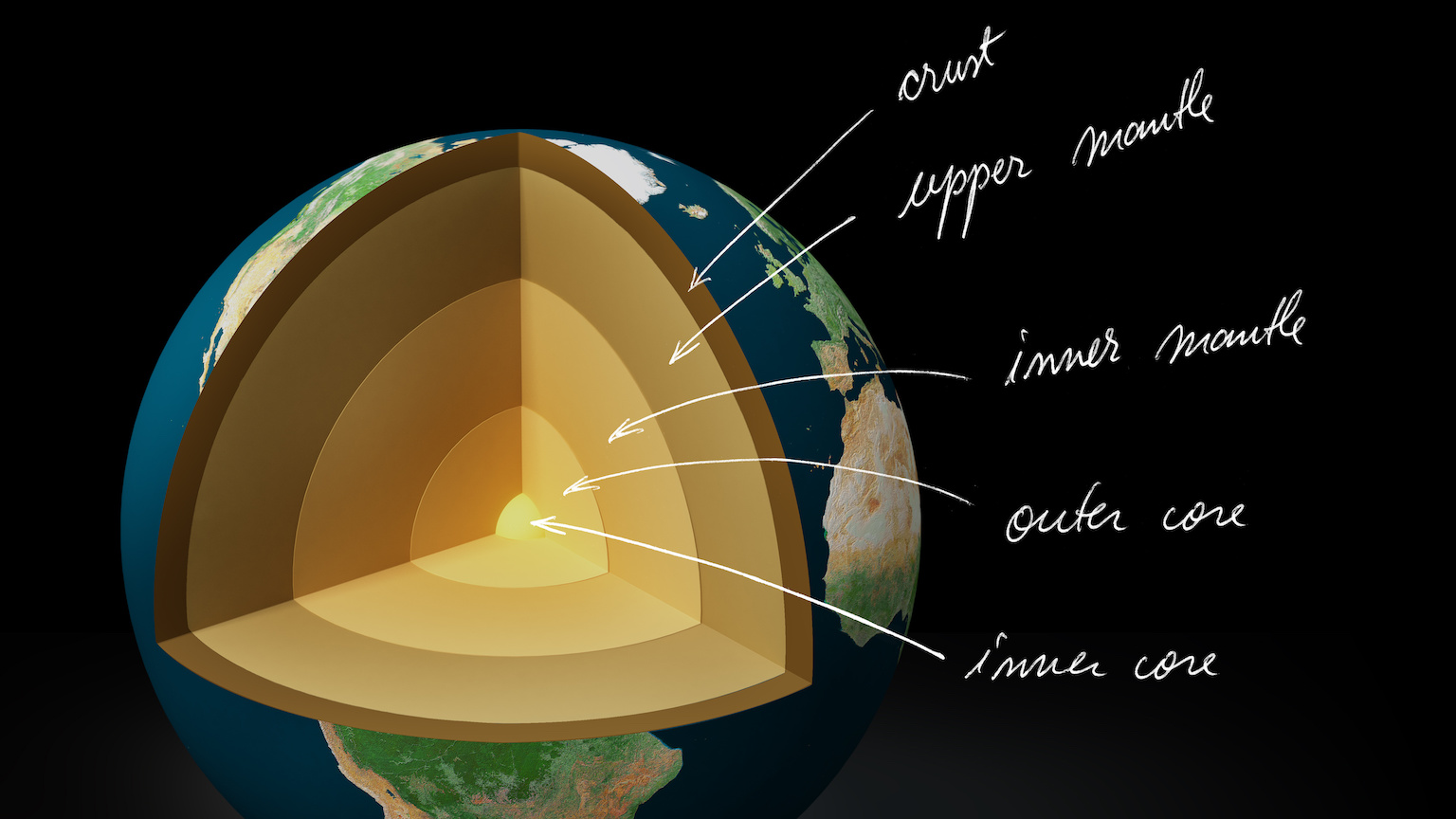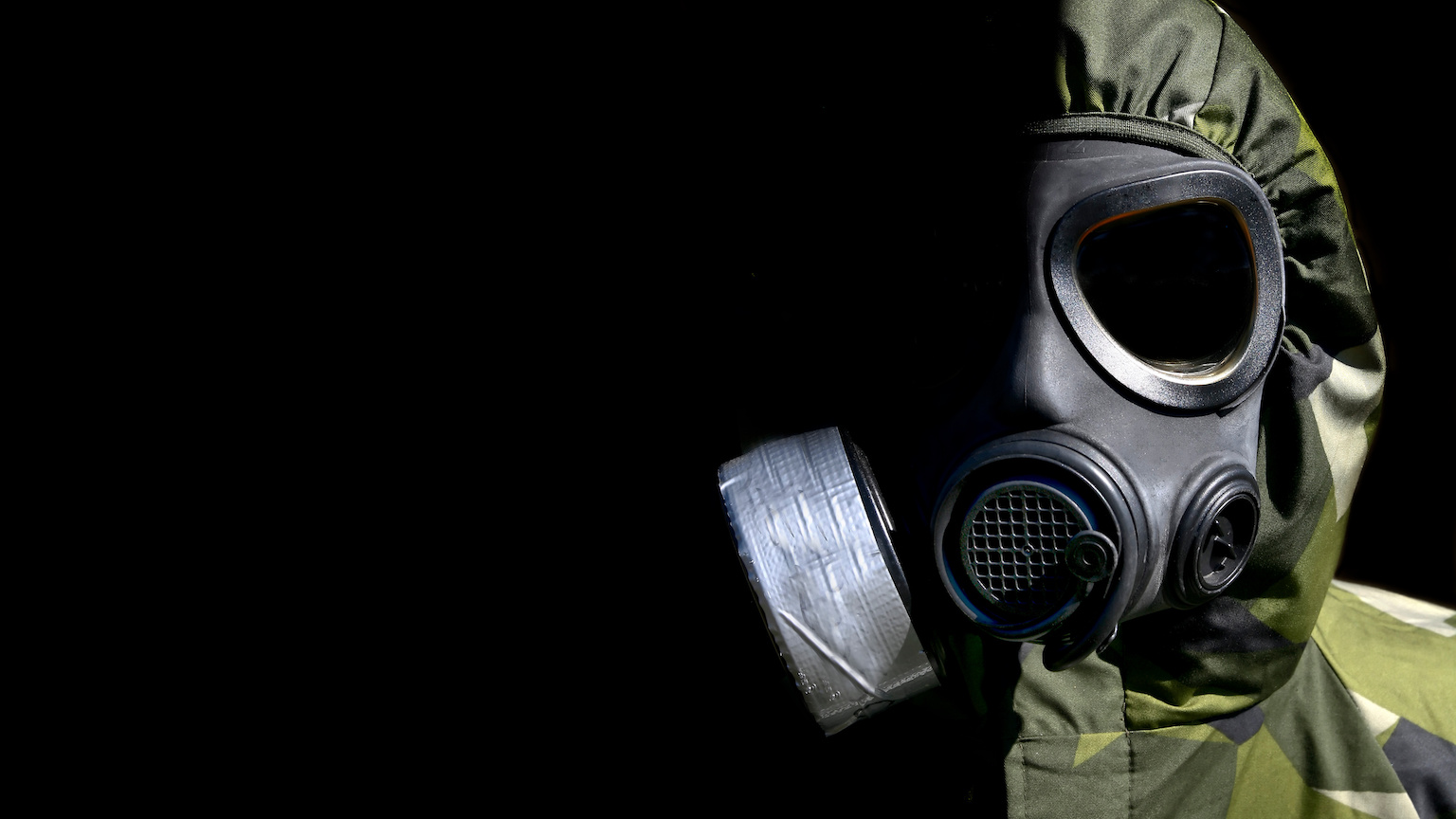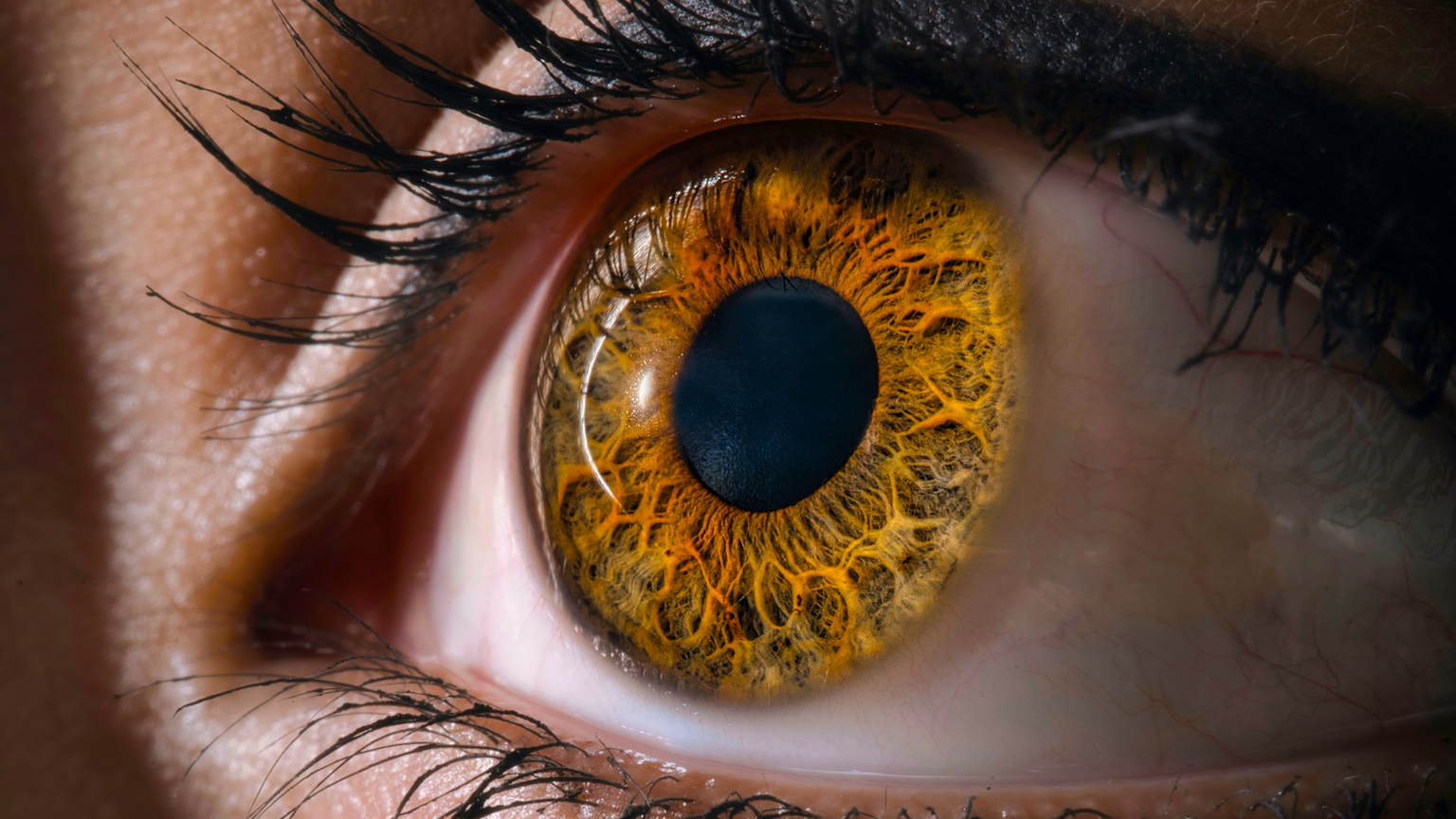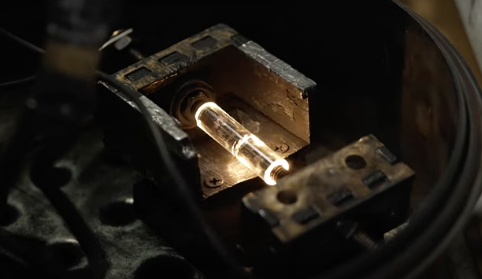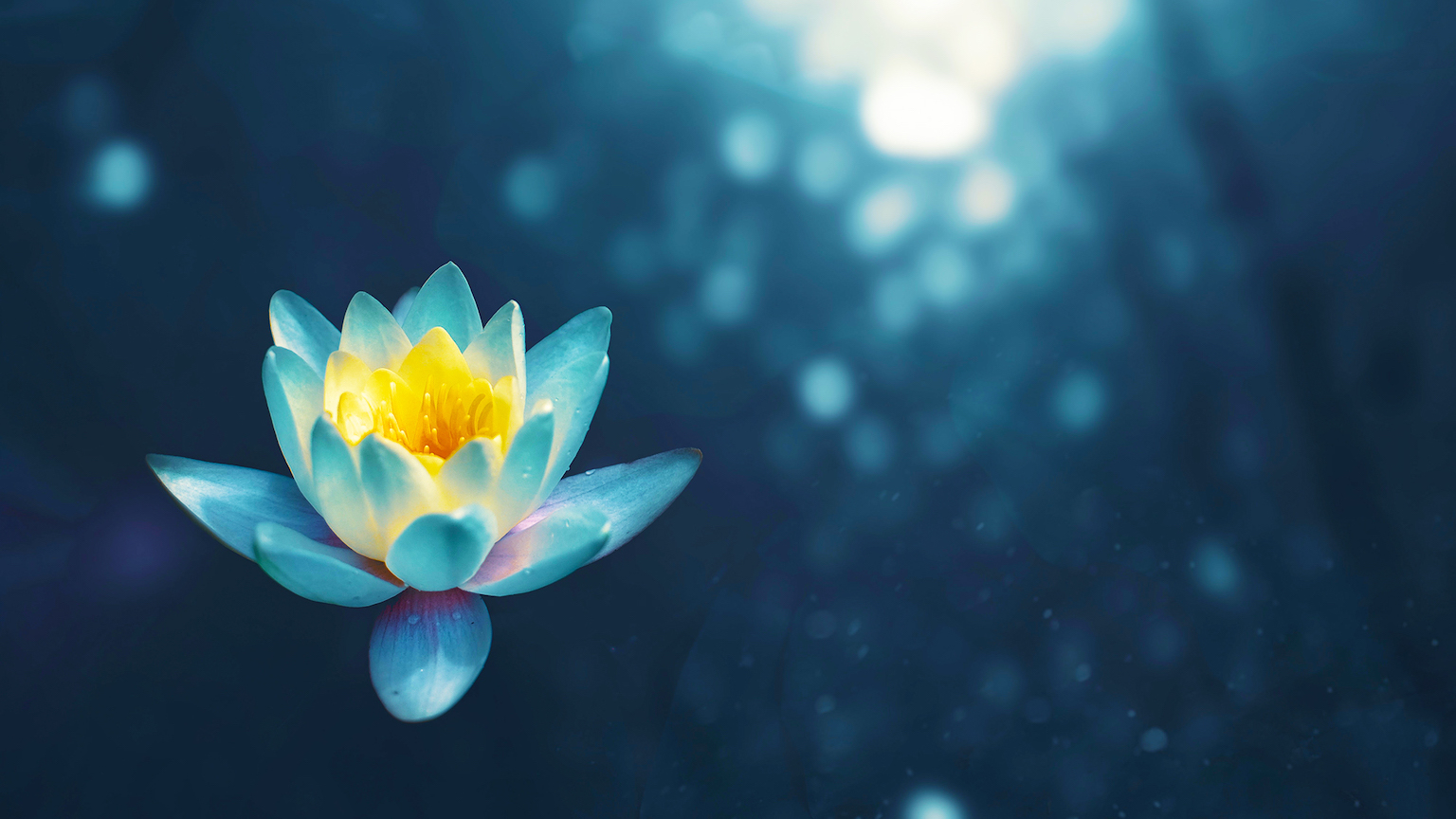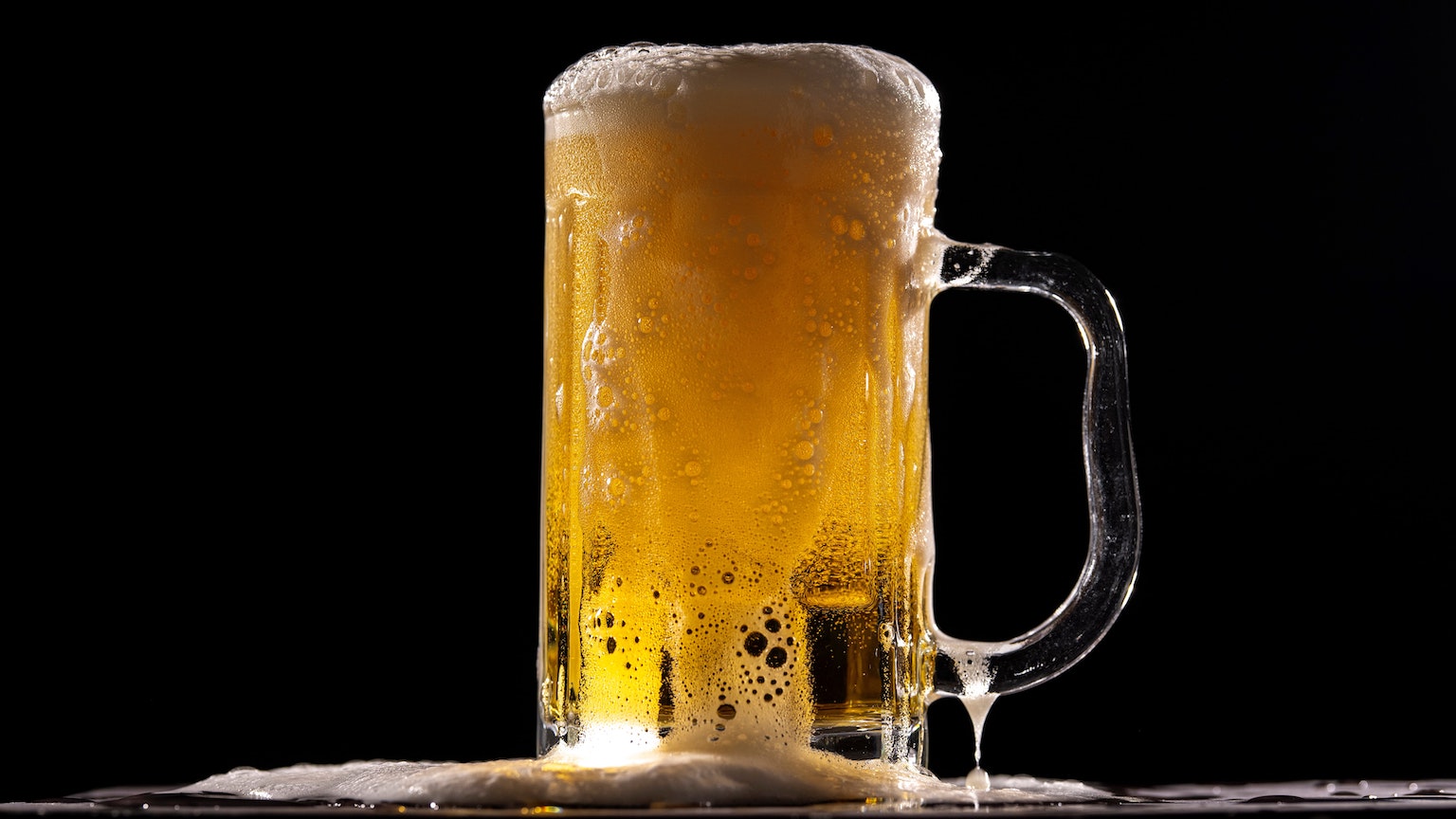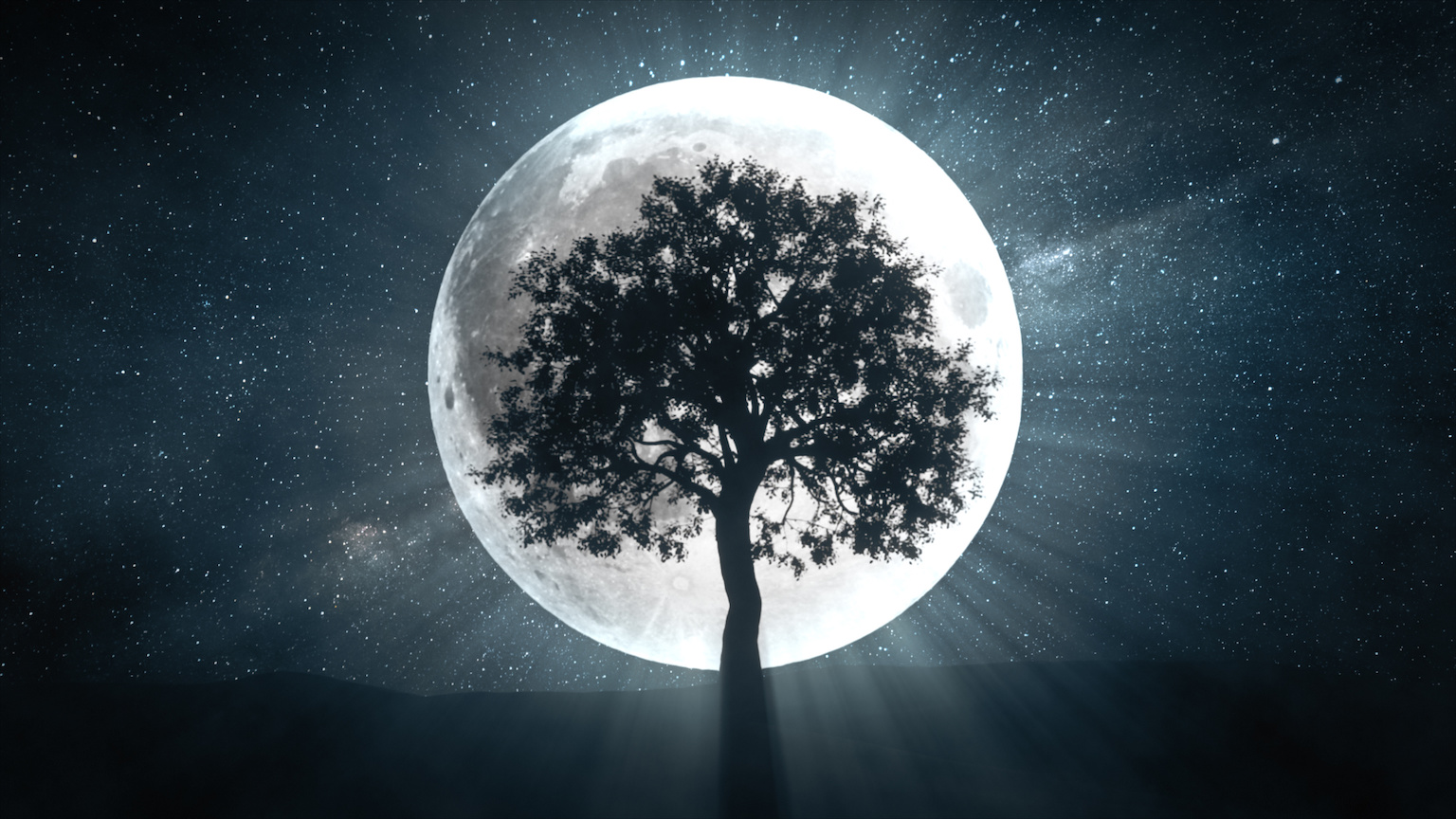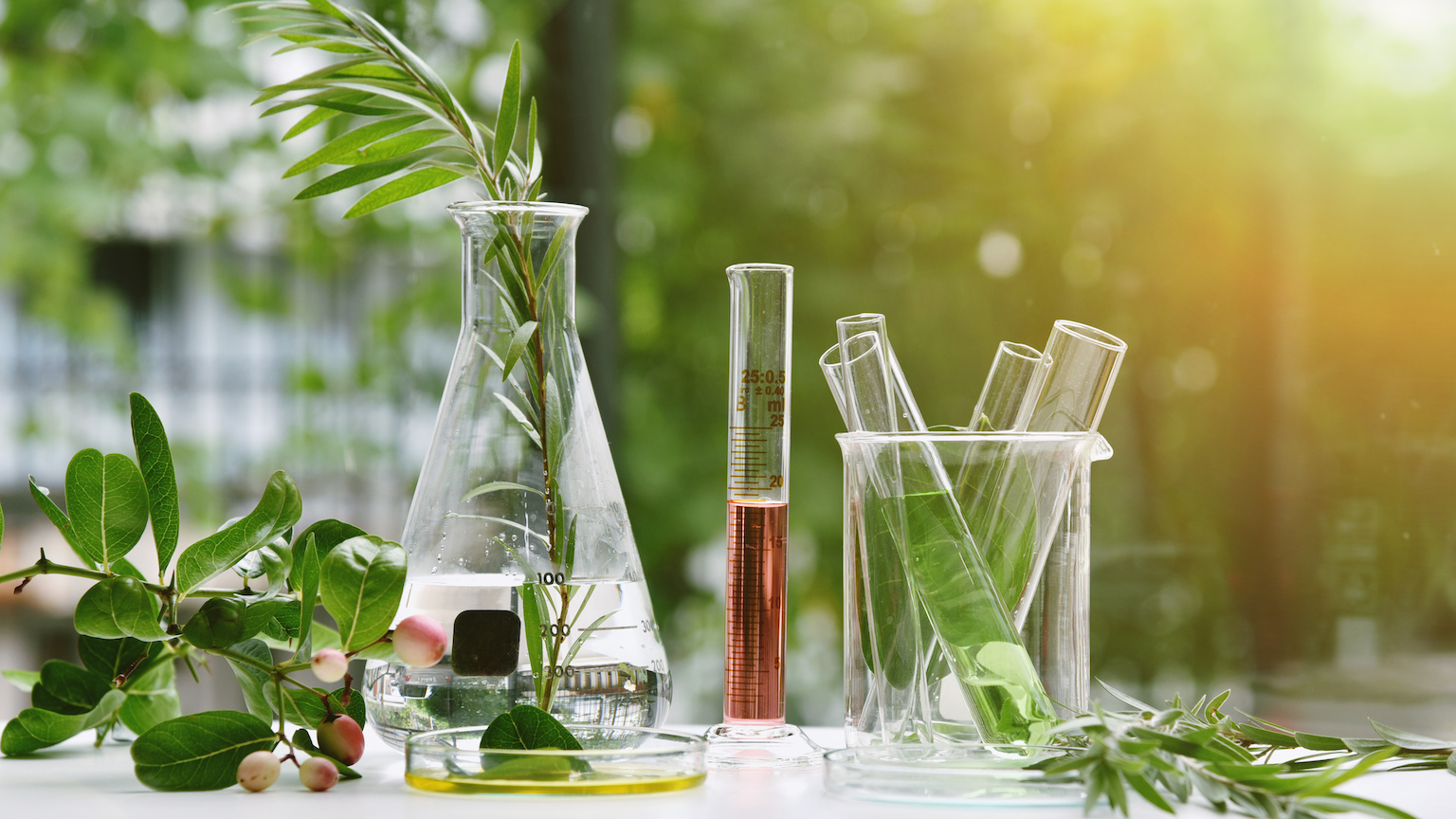chemistry
The answer may lie in the particular way sand forms on Titan.
Crystallization is an entirely random process, so scientists have developed clever ways to investigate it at a molecular level.
Drop sodium in water, and a violent, even explosive reaction will occur. But quantum physics is needed to explain why.
We have long thought that Pluto was completely frozen solid, but the discovery of cryovolcanoes challenges that assumption.
All life forms, anywhere in our Universe, are chemically connected yet completely unique.
A toxicological study shows that the victims of human sacrifice consumed coca leaves and ayahuasca before they were killed, but not for reasons we originally thought.
Nanofabricators could quickly synthesize whatever we need, molecule by molecule.
Ancient helium-3 from the dawn of time leaks from the Earth, offering clues to our planet’s formation. A key question is where it leaks from.
A lucky discovery involving lithium-sulfur batteries has a legitimate chance to revolutionize how we power our world.
One research group’s AI-based drug discovery platform could be redesigned to discover VX nerve agent and 40,000 similar chemical weapons.
Most cities reeked of death, defecation, and industrial waste. Still, focusing only on stench means turning a blind eye (or nose) to the many other smells that helped shape human history.
Due to a crust of carbon, the absence of oxygen, and constant bombardment from meteorites, the planet Mercury may be littered with diamonds.
Multiple lines of evidence — physical, chemical, and biological — must converge for scientists to conclude that alien life has been found.
Edible electronics, devices that can be broken down and digested, could perform many useful functions inside the body.
We cannot deduce laws about a higher level of complexity by starting with a lower level of complexity. Here, reductionism meets a brick wall.
The rhetorical fallout is greater than the radioactive fallout.
A new method of extracting rare-earth elements could put us on the track toward a circular economy.
“When molecules misbehave, it can lead to great insight.”
Life is possible because of asymmetries, such as an imbalance between matter and antimatter and the “handedness” (chirality) of molecules.
The ten greatest ideas in science form the bedrock of modern biology, chemistry, and physics. Everyone should be familiar with them.
From physics and alchemy to theology and eschatology, Isaac Newton’s research was rooted in a personal pursuit of the Divine.
If you want to have foamy beer inside the comfort of your own home, you need to invest in a special nucleated glass.
Impressive but deadly physics underlie catastrophic eruptions.
The James Webb Space Telescope finally could answer the age-old question of whether we are alone in the universe.
Water on Mars is key for human survival on the Red Planet, not just for drinking but for growing food and making fuel and oxygen.
If you put very fine black powder powder in a confined space it explodes in a cloud of heat, gas and noise.
Venus has far more carbon dioxide in its atmosphere than Earth, which turned our sister planet into an inferno. But how did it get there?
∆G = ∆H – T∆S is one of the most abstract formulas in science, but it is also one of the most important. Without it, life cannot exist.
Life largely owes its existence to this equation. Be sure to hug your house plant today.


